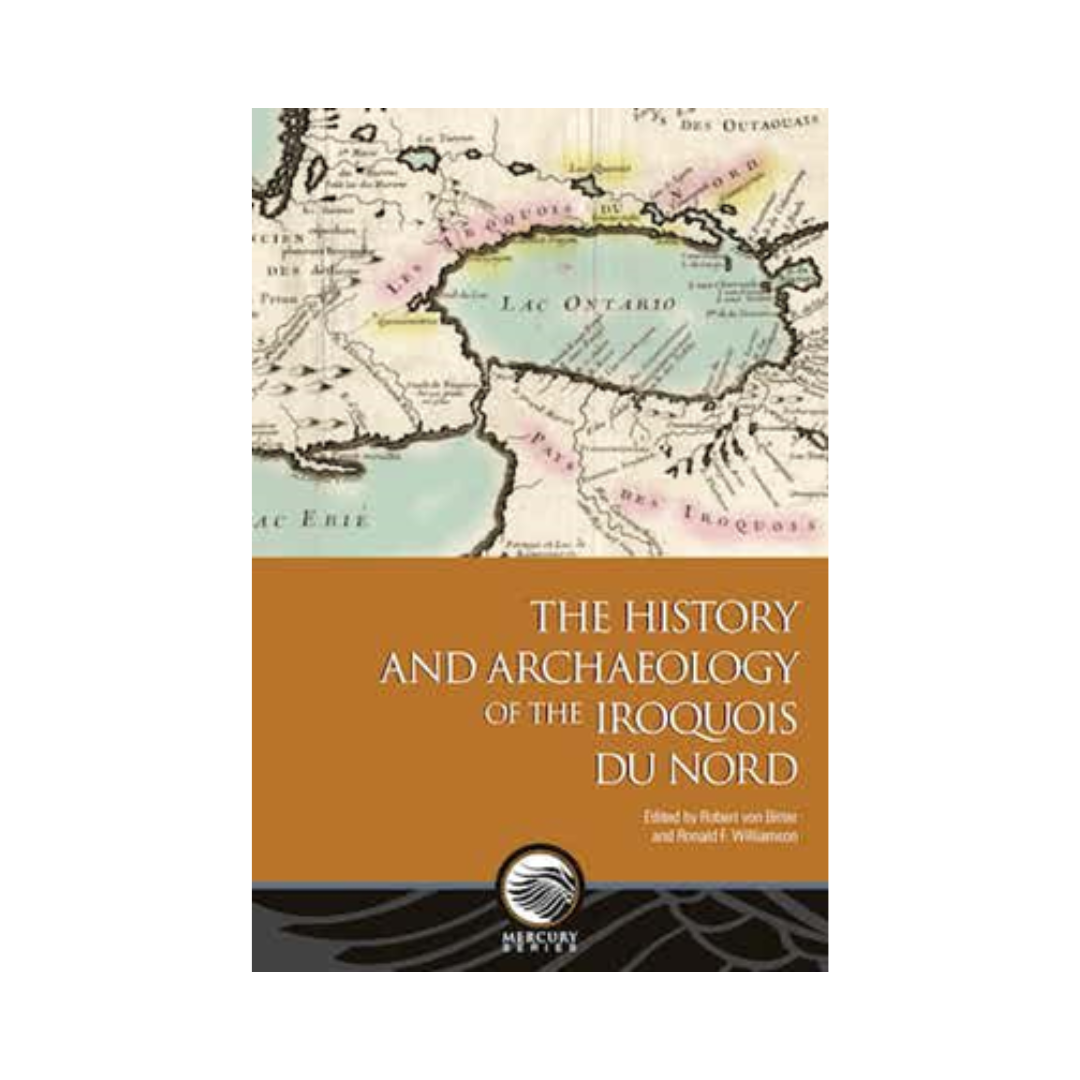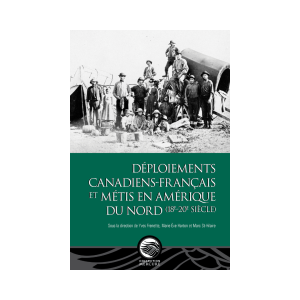The History and Archaeology of the Iroquois du Nord
$52.95
In the mid- to late 1660s and early 1670s, the Haudenosaunee established a series of settlements at strategic locations along the trade routes inland at short distances from the north shore of Lake Ontario. This volume brings together Indigenous knowledge as well as documentary and recent archaeological evidence of this period to focus on describing the historical context, efforts to find the villages, and examinations of the unique material culture discovered there and at similar settlements in the Haudenosaunee homeland.
The History and Archaeology of the Iroquois du Nord
by Robert von Bitter and Ronald F. Williamson
Mars 2023, ISBN: 978-0-7766-3980-2
Mercury Series,Archaeology Paper 182
357 pages,102 illustrations,6 × 9 in.,Paperback
(English only)
In the mid- to late 1660s and early 1670s, the Haudenosaunee established a series of settlements at strategic locations along the trade routes inland at short distances from the north shore of Lake Ontario. From east to west, these Iroquois villages consisted of Ganneious, on Napanee or Hay Bay, on the Bay of Quinte; Kenté, near the isthmus of the Quinte Peninsula; Ganaraské, at the mouth of the Ganaraska River; Quintio, on Rice Lake; Ganatsekwyagon, near the mouth of the Rouge River; Teiaiagon, near the mouth of the Humber River; and Outinaouatoua, on the portage between the western end of Lake Ontario and the Grand River. While Outinaouatoua appears not to have had a primary affiliation, Ganatsekwyagon and Teiaiagon were mostly Seneca; Ganaraské, Kenté, and Quintio were likely Cayuga; and Ganneious was Oneida. Judging from documentary accounts, however, all the villages might have contained people from several Haudenosaunee constituencies as well as former Ontario Iroquoians who had been adopted by the Haudenosaunee.
These self-sufficient villages acted as bases for their own inhabitants, as well as shelter for south-shore Haudenosaunee on their way to and from the beaver hunt beyond the lower Great Lakes. They may also have acted as “tollgates” for Anishinaabe fur brigades by which the Haudenosaunee could control the flow of furs to Albany. It has further been suggested that the continual harass¬ment by the Andastes/Susquehannock on the south side of Lake Ontario was another reason some Cayuga, and probably some Seneca and Oneida as well, moved north. One of these villages was also the site of a Sulpician mission, better known as the Kenté or Quinte mission for where it was based. Beginning with the abbés Claude Trouvé and François de Salignac de la Mothe-Fénelon at Kenté in 1668, various Sulpicians visited the north-shore villages over the next decade. In 1676, Abbé Mariet set up a subsidiary mission at Teiaiagon. It appears that most of the north-shore villages were abandoned by 1688. While they were likely due for relocation after twenty years, their depopulation seems to have been accelerated by hostilities with Anishinaabe and Denonville’s cam¬paign against the homelands in 1687.
This volume brings together Indigenous knowledge as well as documentary and recent archaeological evidence of this period to focus on describing the historical context, efforts to find the villages, and examinations of the unique material culture discovered there and at similar settlements in the Haudenosaunee homeland.





